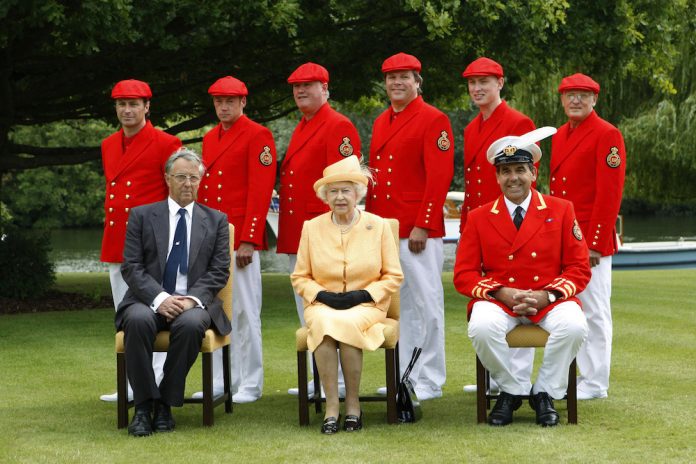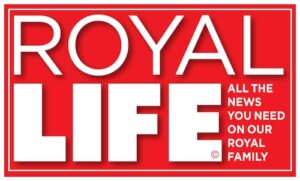
Swan Upping 2017
17 – 21 July 2017
Swan Upping, the annual census of the swan population on the River Thames, was announced on June 30th by David Barber, The Queen’s Swan Marker.
This year’s Swan Upping will start on Monday 17th July departing from Sunbury lock cut, and will finish at Abingdon Bridge, Oxfordshire on Friday 21st July.
Announcing the schedule for Swan Upping, David Barber reported:
“There has been a consistent decrease in cygnet numbers over recent years and we are very much hoping that we will see a reversal in this trend in 2017. There have been many reports of large brood numbers on the river. However, the risks posed to both young cygnets and the adult birds continue to affect the number that survive each year. In addition to the natural predators the swans face every day, there has been a disappointing increase in reported dog attacks that have caused immense and unnecessary suffering and deaths within the mute swan population. Furthermore, we have had reports of eggs being stolen, nesting swans being attacked by vandals and swans being shot.”
The observation points and times are as follows:
Monday 17th July 2017
Sunbury Lock Cut 09.00 – Departure point
Shepperton Lock 10.45
Penton Hook Lock 12.30
Romney Lock 17.30
Tuesday 18th July 2017
Eton Bridge 08.45 – Departure point
Boveney Lock 09.45
Boulters Lock 13.00
Cookham Bridge 14.00
Marlow Lock 17.30
Wednesday 19th July 2017
Marlow Bridge 09.00 – Departure point
Hurley Lock 10.30
Hambleden Lock 12.00
Henley Town 13.30
Marsh Lock 15.30
Shiplake Lock 17.00
Sonning Bridge 18.00
Thursday 20th July 2017
Sonning-on-Thames 09.00 – Departure point
Caversham Lock 10.15
Mapledurham Lock 12.15
Goring Lock 17.00
Moulsford 18.00
Friday 21st July 2017
Moulsford 09.00 – Departure point
Benson Lock 10.15
Clifton Hampden Bridge 13.00
Culham Lock 16.15
Abingdon Bridge 17.00
The History of Swan Upping
The ceremony of Swan Upping takes place during the third week of July every year. Swan Upping dates from the twelfth century, when The Crown claimed ownership of all mute swans which were considered an important food source for banquets and feasts. Today The Crown retains the right of ownership of all unmarked mute swans in open water, but The Queen mainly exercises this right on certain stretches of the River Thames and its surrounding tributaries. This ownership is shared with the Vintners’ and Dyers’ Livery Companies who were granted rights of ownership by The Crown in the fifteenth century. The swans are counted but are no longer eaten.
The Queen’s Swan Marker and the accompanying Swan Uppers of the Vintners’ and Dyers’ Livery Companies use six traditional Thames rowing skiffs in their five-day journey upstream to Abingdon. By tradition scarlet uniforms are worn by The Queen’s Swan Marker and Swan Uppers, and each boat flies the appropriate flag and pennant. In recent years, The Queen travelled up the River Thames to witness the historic ceremony.
It has always been the duty of the Sovereign’s Swan Marker to count the number of young cygnets each year and ensure that the swan population is maintained. The cygnets are weighed and measured to obtain estimates of growth rates and the birds are examined for any sign of injury, commonly caused by fishing hook and line. With the assistance of The Queen’s Swan Warden, Professor Christopher Perrins of the University of Oxford, the swans and young cygnets are also assessed for any signs of disease. The cygnets are ringed with individual identification numbers by The Queen’s Swan Warden, whose role is scientific and non-ceremonial. The Queen’s Swan Marker produces an annual report after Swan Upping detailing the number of swans, broods and cygnets counted during the week.
Apart from Swan Upping, The Queen’s Swan Marker has other duties. He advises organisations throughout the country about swan welfare and incidents involving swans, gives talks to local schools and charities on the subject of swan welfare and Swan Upping, and monitors the health of the local swan population. The Queen’s Swan Marker works closely with swan rescue organisations, supervises the rescue of sick and injured swans and advises fishing and boating organisations about how to work with wildlife. He also co-ordinates the removal of swans from stretches of the River Thames used for summer rowing regattas.
To get all the latest royal news delivered straight to your door, subscribe to Royal Life Magazine today.









